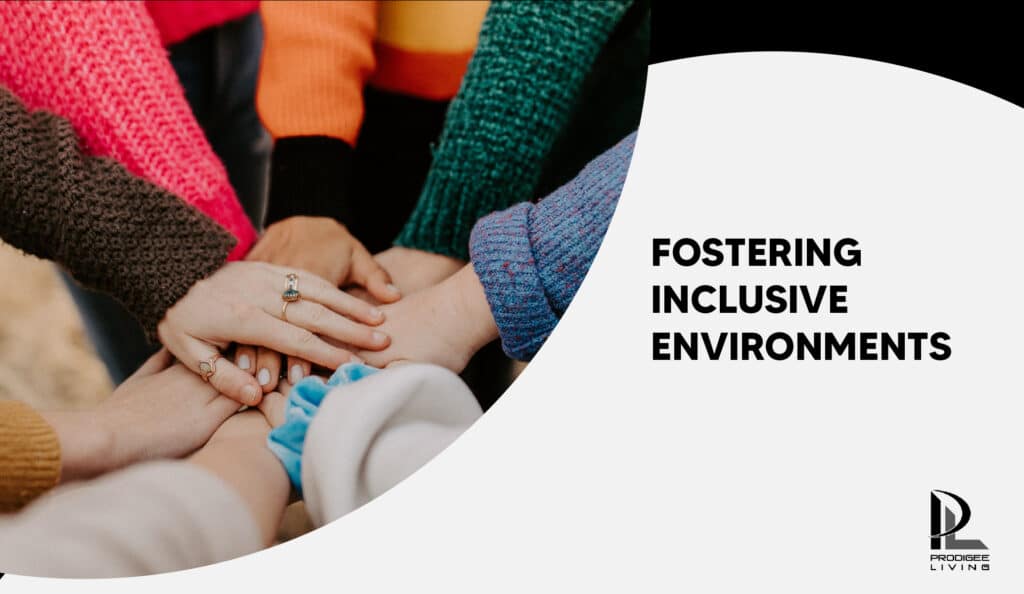In a rapidly evolving world marked by urbanization and shifting demographics, the nexus between people and homes plays a pivotal role in advancing community development goals. Also, homes are not just physical structures; they are the lifeblood of neighborhoods, the connectors of hearts and aspirations, and the catalysts for growth. In addition, we explore the essential connection between people and homes and how it contributes to the realization of community development objectives.
Affordable Housing: The Bridge to Stronger Communities
Fostering Inclusive Environments
Affordable housing serves as the bridge that connects people to the heart of their communities. It is the cornerstone of inclusive environments, providing individuals and families with the stability needed to thrive. Also, this type of housing symbolizes the promise of economic growth, social cohesion, and community vitality.
The Challenge of Affordability
However, affordability remains a formidable challenge in many regions worldwide. Escalating property values and rising rental costs have created housing markets that often seem unattainable for a significant portion of the population, especially in urban areas where demand perpetually outpaces supply.
Innovative Solutions for Affordability
To address this pressing issue, innovative solutions must be embraced, including:
- Government Initiatives: Governments can lead by subsidizing housing costs for low-income individuals and families. Investment in affordable housing projects ensures that housing remains within reach for all citizens.
- Community Land Trusts: Nonprofit community land trusts acquire and manage land for the benefit of the community, preserving affordable housing options in gentrifying neighborhoods.
- Developer Incentives: Encouraging developers to include affordable housing units in their projects through incentives such as tax breaks can expand the availability of affordable housing.
- Mixed-Income Housing: Promoting mixed-income communities encourages economic diversity and reduces the concentration of poverty, contributing to more balanced and resilient neighborhoods.
Accessible Housing for All
The connection between people and homes also hinges on ensuring accessibility for individuals of all ages and abilities. Communities must be designed to accommodate diverse needs, including those of people with disabilities and older adults.
Embracing Universal Design Principles
Universal design principles advocate for the creation of living spaces that are universally accessible, regardless of physical abilities. These principles encompass:
- Zero-Step Entrances: Eliminating steps and creating seamless entrances ensures that wheelchairs and strollers can easily access homes.
- Wide Doorways and Hallways: Spacious interior spaces accommodate mobility aids and facilitate easy movement.
- Accessible Bathrooms: Bathrooms equipped with grab bars, roll-in showers, and adjustable fixtures cater to a wide range of needs.

Fostering Age-Friendly Communities
Inclusive communities must also address the needs of older adults. Age-friendly communities offer essential services, opportunities for social engagement, and secure environments for seniors, allowing them to age in place with dignity and independence.
Sustainability and Environmental Responsibility
Beyond the physical structures, the connection between people and homes involves environmental sustainability. Also, in an era marked by environmental concerns, housing solutions should align with green initiatives to reduce our ecological footprint and secure a healthier future for all.

Championing Sustainable Building Practices
Sustainable building practices prioritize the use of eco-friendly materials, energy-efficient designs, and renewable energy sources. These practices not only benefit the environment but also lead to long-term cost savings for homeowners.
Embracing Green Spaces
The incorporation of green spaces within housing developments enhances aesthetics and encourages community engagement and well-being. These areas offer residents a chance to connect with nature, enjoy outdoor activities, and foster a sense of belonging.
In Conclusion
The connection between people and homes is the lifeblood of advancing community development goals. Also, Affordable housing, accessibility, sustainability, and inclusivity are the threads that weave individuals into the fabric of their communities. By embracing innovative solutions and universal design principles, we can ensure that our communities become more than just places to live; they become vibrant, inclusive, and empowering spaces where everyone can thrive.
As we look toward the future, let us remember that the strength of a community is measured by the well-being and fulfillment of its residents. Together, we can bridge the gap between people and homes, advancing community development goals and creating neighborhoods that are not just bricks and mortar, but thriving hubs of opportunity, connection, and prosperity.
